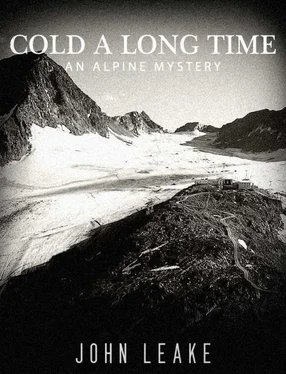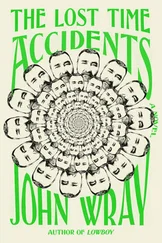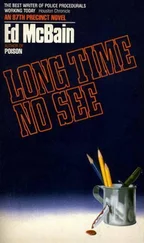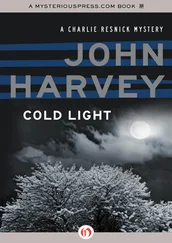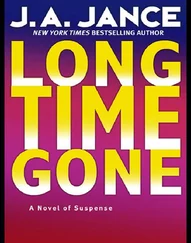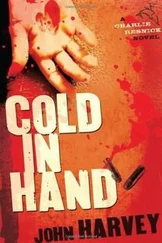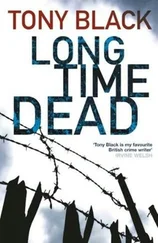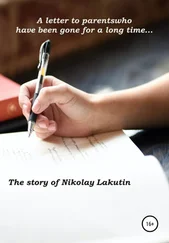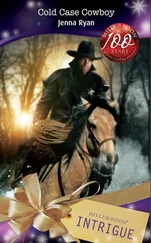Appendices and Illustrations
Appendix 1: Physical Evidence
General
Duncan’s wallet, two of the cards inside his wallet, the left side of his left heel, his snowboard bindings, his left boot liner, and his snowboard all display marks made by a cutting instrument of approximately the same size and shape as grooming tiller tines.
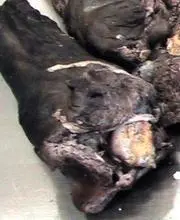
Amputated left foot: Note the deep gouge on the left side of the heel. Also note the white tendon strands that have been pulled out.
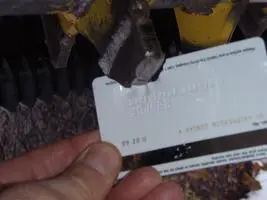
Duncan’s long distance calling card: Note how the punch mark is the same size and shape as a grooming tiller tine.
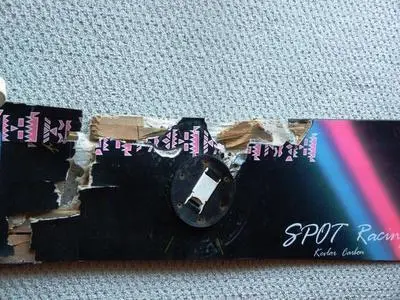
Overview of snowboard.
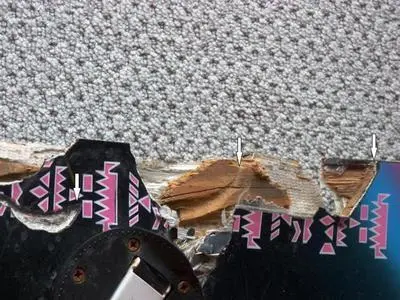
Three strikes, identically spaced, identical cutting angles.
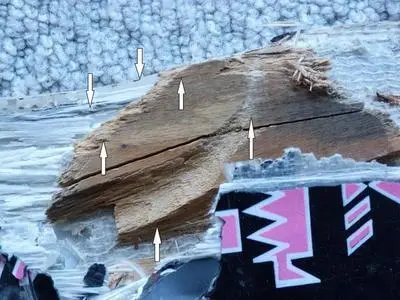
Crescent-shaped cuts on the snowboard, decreasing in depth from left to right.
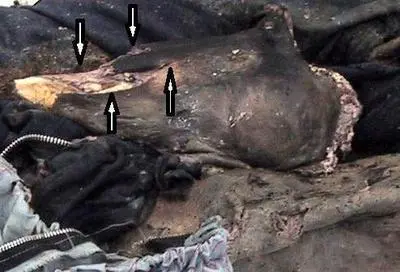
Crescent-shaped cuts on Duncan’s detached knee and top of tibia.

Destroyed left leg. Top arrow: De-gloving of tibia. Right arrow: Flesh stripped from bones, but not removed (missing) as a result of ice movement. Note also the undamaged condition of the right leg (clothed in blue sweatpants).

Close-up of the only radiograph submitted to the MacPhersons that shows any (a small section) of the left leg. The top horizontal arrow indicates the top of the knee. The bottom horizontal arrow indicates the bottom of the femur where it fractured. The top, vertical arrows indicate where Dr. Rabl removed a section of the femur for a DNA sample. The bottom, vertical arrows indicate the multiple fractures of the tibia and fibula—“like his leg went into a blender,” as Dr. Burbridge put it.

Detached left knee: Arrows indicate de-gloving of flesh around top of the knee, possibly from where it caught on the edge of the tiller casing.
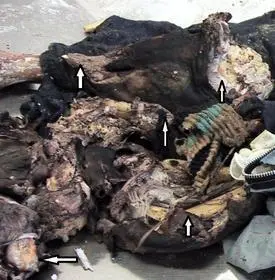
Side view of left leg: Arrows indicate points where leg was cut all the way through.

Right arm: Bottom arrow indicates where the forearm was severed a few inches above the wrist. The severed lower limb is lying upside down on the gurney. Second from bottom arrow indicates tendons that were pulled out. Third from bottom arrow indicates where fingers were cut off. Top arrow indicates completely undamaged upper arm. The relatively weak shoulder joint is also intact, indicating that little or no force was applied to it in the ice. The tear pattern on the shirt sleeve is consistent with the lower sleeve getting caught in machinery and violently pulled.

Severed left hand. Note the sharp, linear nature of the cut. The arrow indicates where the forearm was also cleanly severed a few centimeters above the wrist .
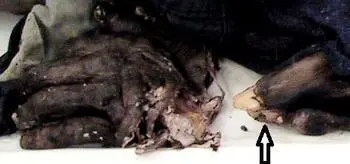
Side view of the left hand and forearm: Arrow indicates fracture of the radius and ulna. The fractured surface is the same color as the bone shaft.
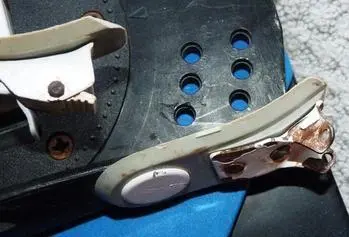
The undamaged binding buckle on the left has no rust, while the damaged buckle on the right has deep, pocked rust at the points where the paint was knocked away, indicating that the metal and paint were struck a long time before the board was extracted.

Section of the snowboard near the point at which it was broken in half and where its bottom, plastic laminate was ripped away: The coat of paint, which was sealed underneath the plastic sheet prior to the board’s destruction, is severely weathered, indicating that it was exposed to the ice long before the board was extracted.
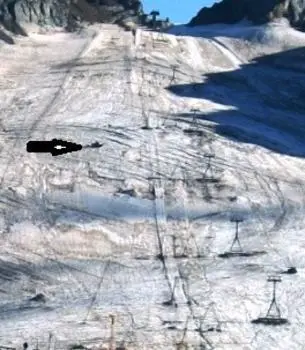
Arrow indicates Duncan’s body. The small crevasse in which he was buried is estimated to have moved 20 to 60 meters down the hill during the 14-year period he was in the ice. It is one in a row of transverse crevasses that are moving uniformly down the hill near the glacier’s equilibrium line, where its flow is chiefly horizontal.

Duncan lying slightly on his left side in the vestige of a shallow crevasse. Note the horizontal attitude of his body. His destroyed left leg is still buried; his outstretched right leg is still completely clothed. The left arrow indicates his left ski boot, standing upright next to his left side. The right arrow is pointing downhill.
The Snowboard
The white plastic sheet on the bottom of the snowboard has four gouge marks running in a straight line. The three-inch gap between each gouge is the same as the spacing between tiller tines. The line of gouges runs across the bottom of the board at the same angle and approximately the same place as the board’s rear break. The front left side of the plastic deck has been sheared off by multiple cutting blows, all evenly spaced and at the same angle—the same angle as the two primary breaks to the board. The underlying plywood has been impregnated with red paint from a cutting instrument—the same color of red paint that was used to coat the cutter bars of Pistenbully grooming tillers built in the 1980s. The forward binding, made of very thick and strong plastic, has been sheared off by a cutting blow at the same angle. As Dick Penniman pointed out, only the action of passing through a grooming tiller could have created such a distinct pattern of damage to the board. It was not “pulled on, broken in half, dug out, and run over” as the slope maintenance workers told Dr. Rabl—it simply ran through a grooming tiller.
Читать дальше
